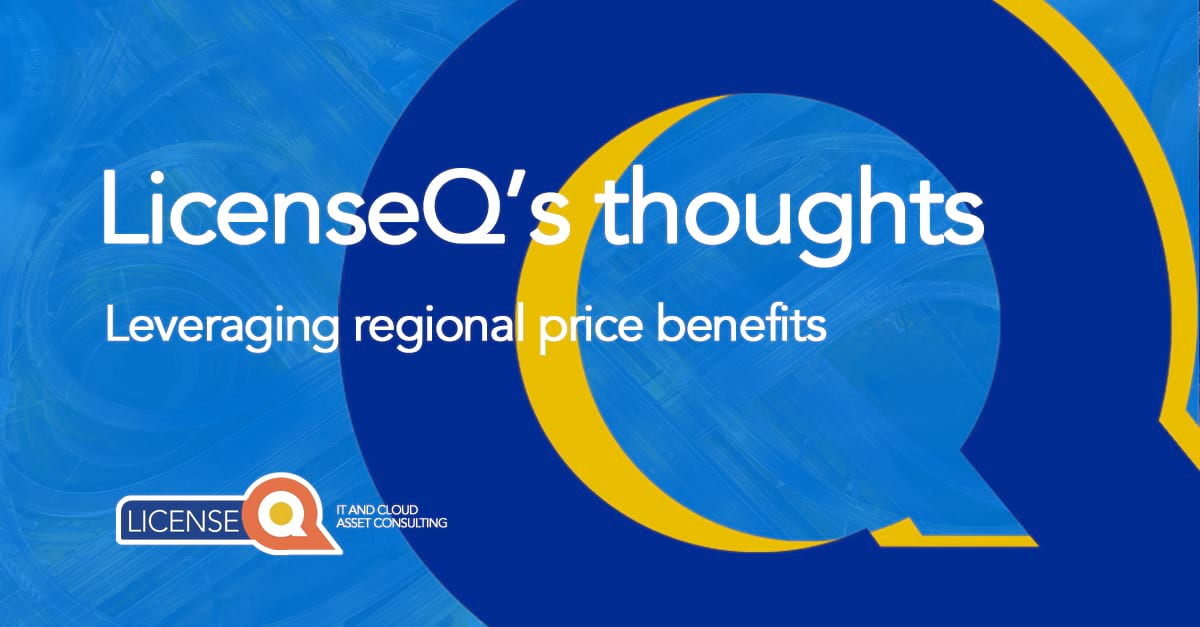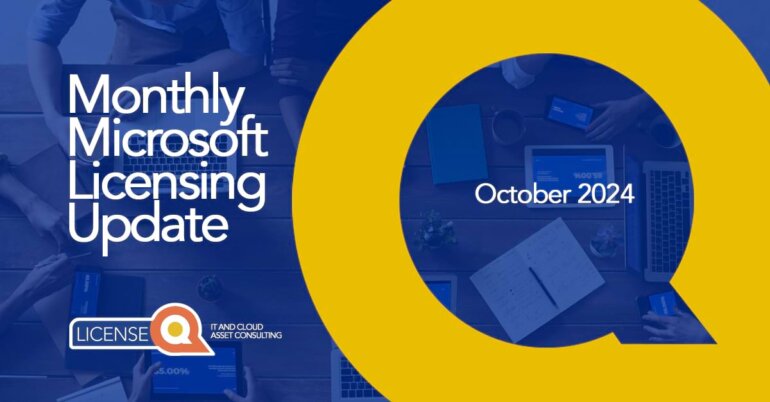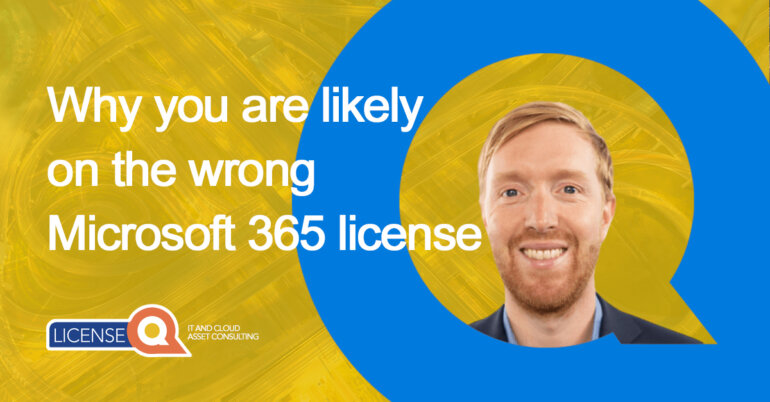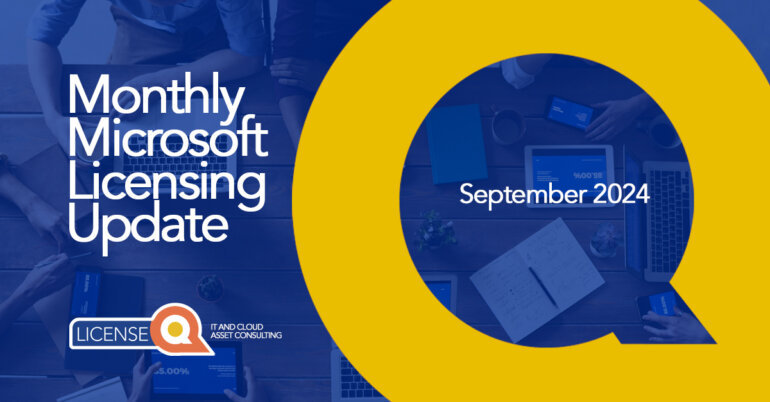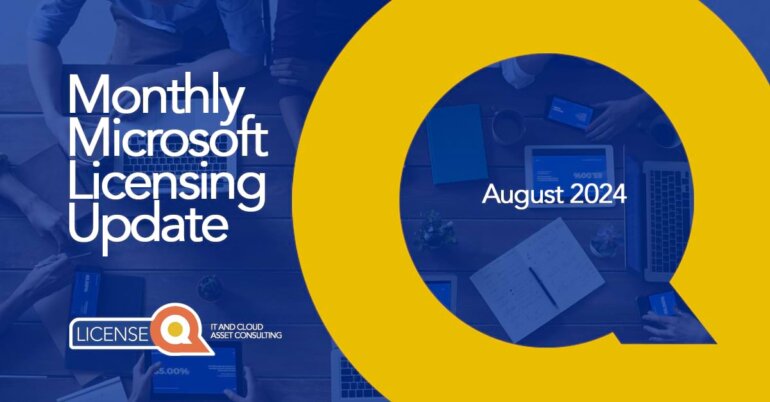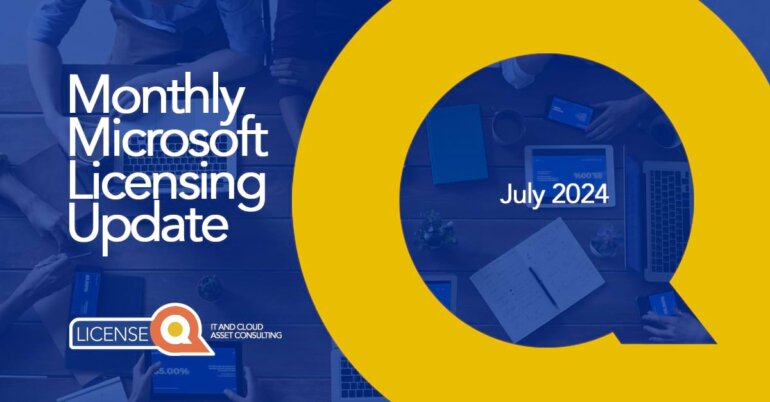Regional pricing benefits explained
Microsoft announced that they will implement a 10% decrease in the Swiss CHF price lists in September 2023. We saw this announcement as a good opportunity to highlight our video ‘How to leverage regional pricing benefits in CSP’! As learning how to save money never gets old!
Who can benefit from regional pricing?
Multinationl companies with an indirect Microsoft licensing contract such as a CSP, MPSA or indirect EA.
For multinational companies a CSP or MPSA offers more flexibility in terms of contracting and invoicing locally per subsidiary. This is technically also possible in the Enterprise Agreement, but the process is more limited and convoluted. Why is procuring locally interesting? For multinationals this is interesting if they deal with withholding tax, and they might want to purchase locally rather than centralized.
If you want to leverage regional pricing, you need to check the different price lists of the regions you operate in. Caveat is that you need a presence and a Microsoft partner in the region of the price list you want to use. It applies to indirect contract types such as CSP, MPSA or an indirect EA.

How can you leverage regional pricing benefits?
Most favorable exchange rate
It can be the case that a certain region has a more favorable exchange rate than the region of your head office. In the past, the Norwegian NOK price list was for instance much cheaper than the EUR price list. And in contrast, the CHF price list has customers paying a 10-15% premium (but this will change in September!)
It is good to be aware of these pricelist fluctuations and exchange rate differences between the published pricelists and check them frequently as Microsoft also reviews them bi-annually and makes the necessary adjustments. One of these adjustments has led to the announced change in the CHF pricelist from September 2023.
Yearly commitment
As most organizations now deal with yearly commitments in CSP as well as EA, they also only pay once a year. This means you only need to compare the exchange rates for that one transaction, and you don’t have to worry about the exchange rate fluctuating over the course of the year as there will be no additional payments.
Microsoft releases their price lists on a monthly basis, meaning that you can check the prices month over month to see if there are any changes. It’s good to know that Microsoft makes different price lists calculated from different local currencies, e.g., EUR, USD, GBP. They do not take the USD as an FX rate to calculate different currencies against.

Azure is the exception
The exception to this is Azure. If you procure Azure through the MCA, the prices are based on the USD and they take the Reuters FX currency exchange to calculate the pricing each month in your requested currency. Our expectation is that they will start doing this for all Microsoft products and services towards the future, as they expand the MCA.
Final piece of advice
Our final piece of advice: CSP partners also look at the most advantageous price list, so you need to benchmark their pricing and get multiple quotes from different regions if you are a multinational company. It could be that your CSP is asking for crazy margins, but you can try and mitigate this by finding the cheapest pricelist. As such, it cannot hurt to have multiple partners in multiple regions.

